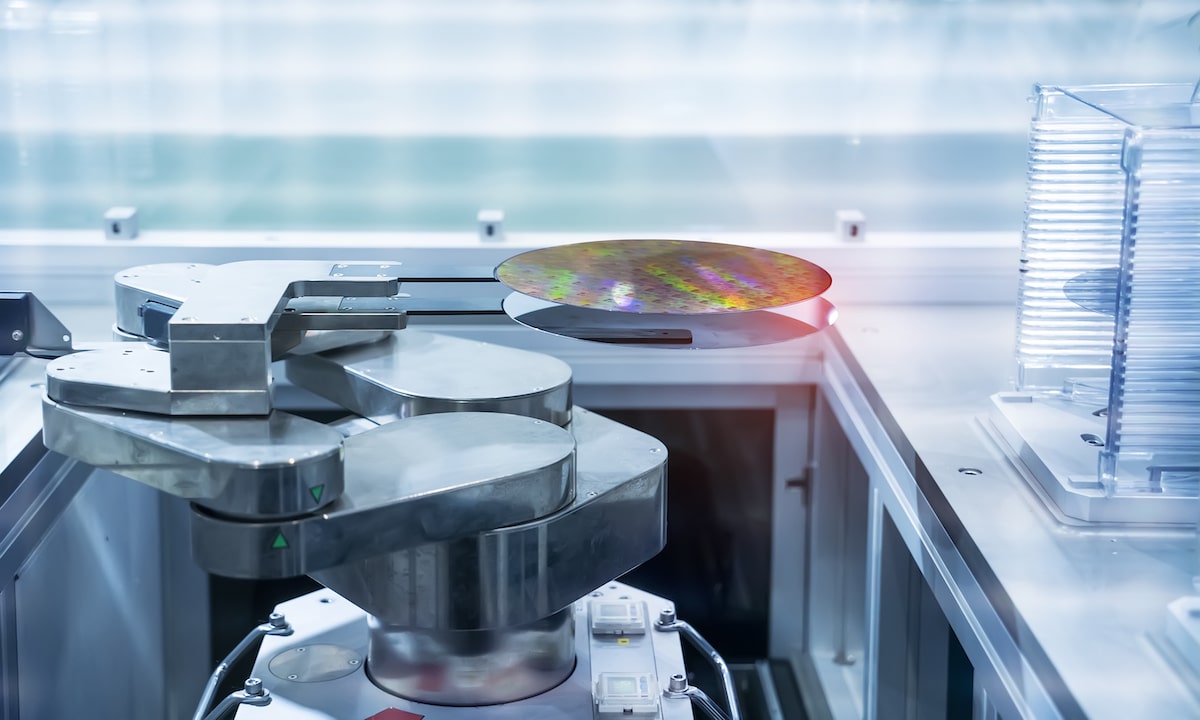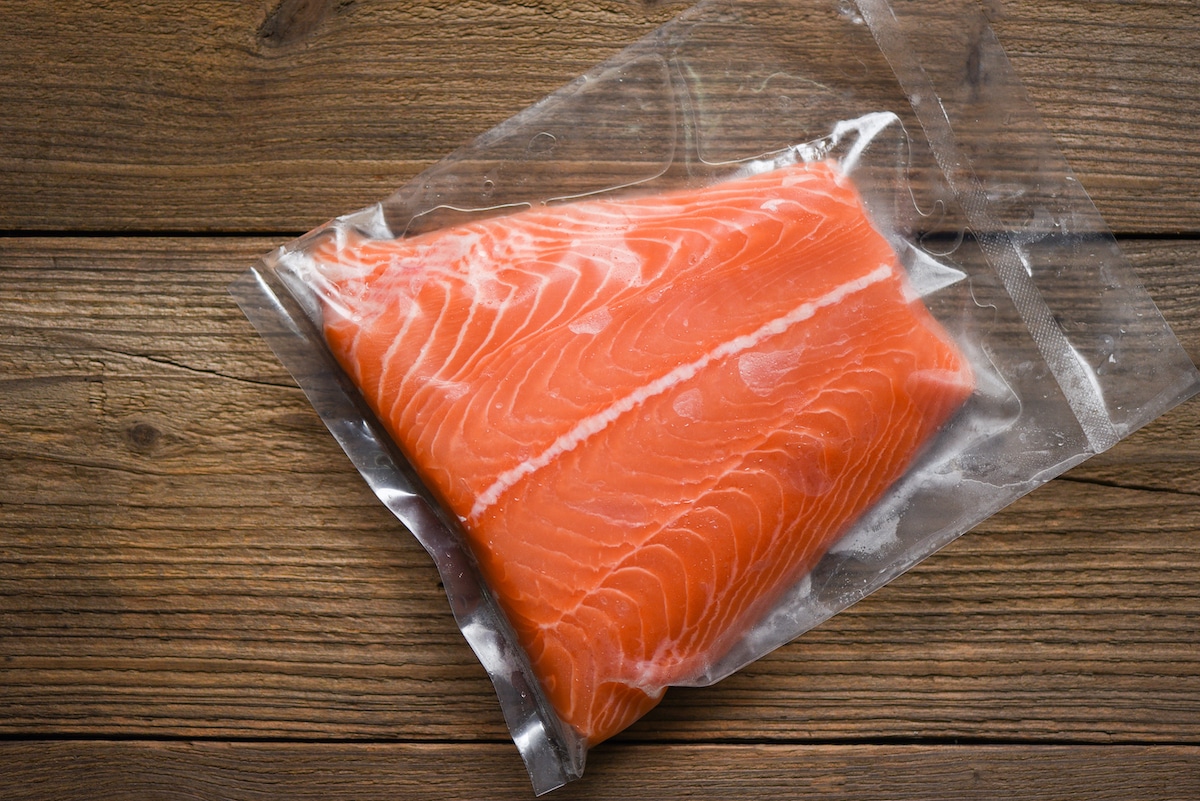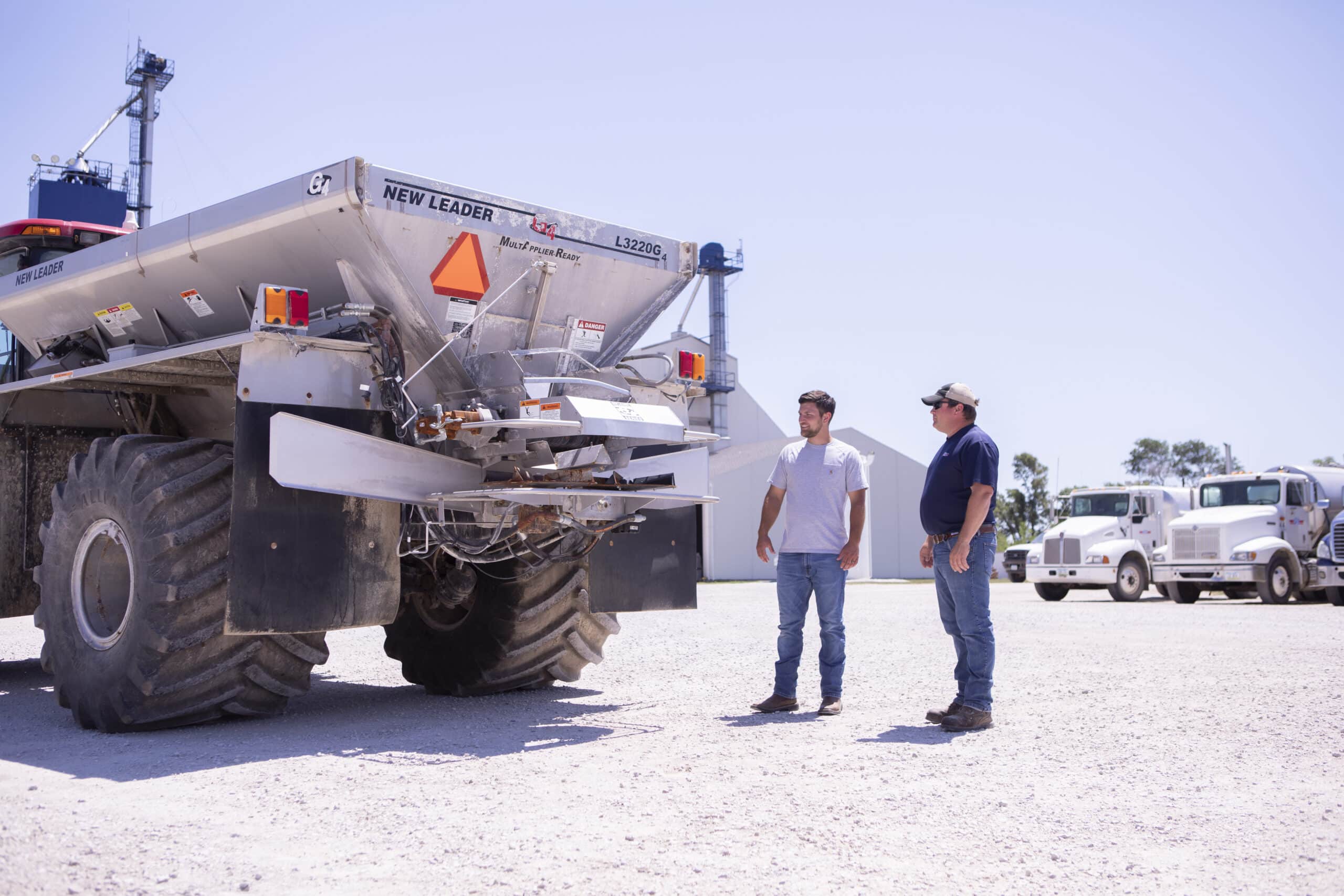Ammonium sulfate (AMS) is a versatile fertilizer with a wide range of benefits for crops. This time-tested, effective input can enable you to evolve your business and provide what your customers need — dependable, accessible fertility when and where they need it — in their quest to reach their yield goals. But how do you as the retailer help them understand plant health and ROI benefits AMS has to offer? Jason Magan and David White, sales representatives for AdvanSix, share their top talking points for helping you convince your customers that AMS belongs in their crop nutrition plans.
Responsible nutrient stewardship
“The first thing that I typically try to remind folks about is that we’re talking about the ‘Four Rs’ for any nutrient you are selling,” White said. “It’s always the right product, right place, right timing and right amount.”
Part of responsible nutrient stewardship is soil testing to determine a field’s nutrient needs. From there, work with your customers to develop a nutrient plan that will help them achieve their yield goals. Nitrogen, phosphorous and potassium are a given, but don’t forget about sulfur and the vital role it plays in crop growth and development.
Sulfur as the 4th macronutrient
“If you’re talking nitrogen, phosphorous, potassium (NPK), you should also be talking about sulfur because it truly is the fourth major nutrient,” White said. “There is a synergy between sulfur and nitrogen uptake that’s well documented. If we have more sulfur available to the crop, we’re seeing better utilization of our nitrogen.”
Sulfur is a necessary nutrient for growth in many crops. It is also essential for the synthesis of chlorophyll, as well as sulfur-amino acids and proteins that are needed for plant growth.
In previous decades, crops received most, if not all, of their sulfur needs from atmospheric depositions. However, the Clean Air Act created stricter EPA emissions regulations that reduced these atmospheric sulfur depositions across the United States, decreasing the amount of sulfur available to plants from the atmosphere to less than 5 pounds per acre in most locations. This reduction increases the need for supplemental sulfur.
“We’ve done a tremendous job at removing the sulfur dioxide from the atmosphere,” White said. “So with that, acid rain is a thing of the past, and we’re not getting sulfur from the atmosphere like we used to. Farmers no longer have that free source of sulfur available to their crop, so they’re going to have to supplement sulfur with a fertilizer application.”
AMS provides readily available sulfur and nitrogen
As planting dates creep earlier and earlier in the United States, farmers are planting in colder, wetter soils. While some fall-applied nutrients may not be readily available in these conditions, a pre-plant application of AMS can help a crop meet its early-season nutrient requirements.
“I’m a big proponent of pre-plant AMS because we’re planting in colder, wetter soils,” Magan said. “By planting earlier, soil organic matter won’t be able to make its nutrients available early enough. We’re going to have to supply readily available nutrients to the plant. When we supply AMS, we’re feeding the crop both nitrogen and sulfur at a pivotal point in the growing season.”
“There are other forms of sulfur out there, such as elemental sulfur, but it has to be oxidized, which is a very slow process,” White added. “Elemental sulfur is not going to be available early in the season when the plant is sitting in cool, wet soils. Something like AMS applied pre-plant or at planting is going to be readily available and give the plant a jump-start to the season.”
Flexible application options
In addition to pre-plant, AMS can also be applied at planting or even topdressed to give plants the nutrients they need to develop and grow when they need them most.
“I think an environment that creates a stressed crop is the top reason for a topdress application of AMS,” Magan said. “A quick pickup of nitrogen and sulfur at this point in the season can replenish the nutrients for the crop and keep it going. A little additional AMS as feed for the plant doesn’t hurt to support grain fill or pod fill. Topdressing is a relatively efficient way to create that sense of insurance on the crop, just to make sure you get that little extra boost of nitrogen and sulfur when the crop needs it.”
The ROI of AMS
Ammonium sulfate is also an affordable nutrient choice with a strong potential for return on investment in 2024. At current prices, breakeven is close to 2 bu/ac for AMS application. “If you can show the farmer profit, they’ll remember that a lot longer than if you saved them money. With AMS, it’s a pretty low investment for some pretty nice returns,” White said.
In most crops, yield is one of the most important indicators of a successful season. However, in some crops, especially forages, protein is also becoming an important factor in profitability. While still being researched, AMS has the potential to help increase the protein content of crops like alfalfa, where a premium is paid for protein.
“Today’s American farmer has a very challenging job because they’re asked to do multiple things multiple times,” Magan said. “They need an easy button to help them reach their goals, and I think AMS is an easy button. That’s only going to become more important as we start talking about higher yields as well as increasing the protein content of crops like soybeans.”
Try AMS with a trial
If your customers are on the fence about including AMS in their nutrient plans, consider giving them the opportunity to try it through a field trial.
“I would always encourage farmers to do a trial and see if AMS works for their field,” White said. “Time and time again, we see response on split applications where we put AMS on one half of the field and none on the other half. We see the green response right away and that typically carries through the season, and more often than not, that healthier looking plant translates into higher yields.”
“With any new product, it all comes down to ROI,” Magan said. “Farmers need to see that it works. The more progressive farmers will also be looking at the health of the crop, with the knowledge that a healthier crop tends to yield more. AMS is part of the puzzle in helping a crop be as healthy as it can be from planting until the day it is harvested.”
Have a candid conversation
Ultimately, both White and Magan recommend having conversations with your customers to determine how AMS can help them reach their goals.
“At the end of the day, sit down with your farmer customers and have a discussion with them about what makes sense. Where do we want to be in one year? In five years? What do you want to see out of this crop?” Magan said.
“Yield situation is something we want to talk to farmers about, as well as the history of their fields,” White said. “From there, we can have a conversation about how AMS can help them reach their goals and tailor a plan.”













